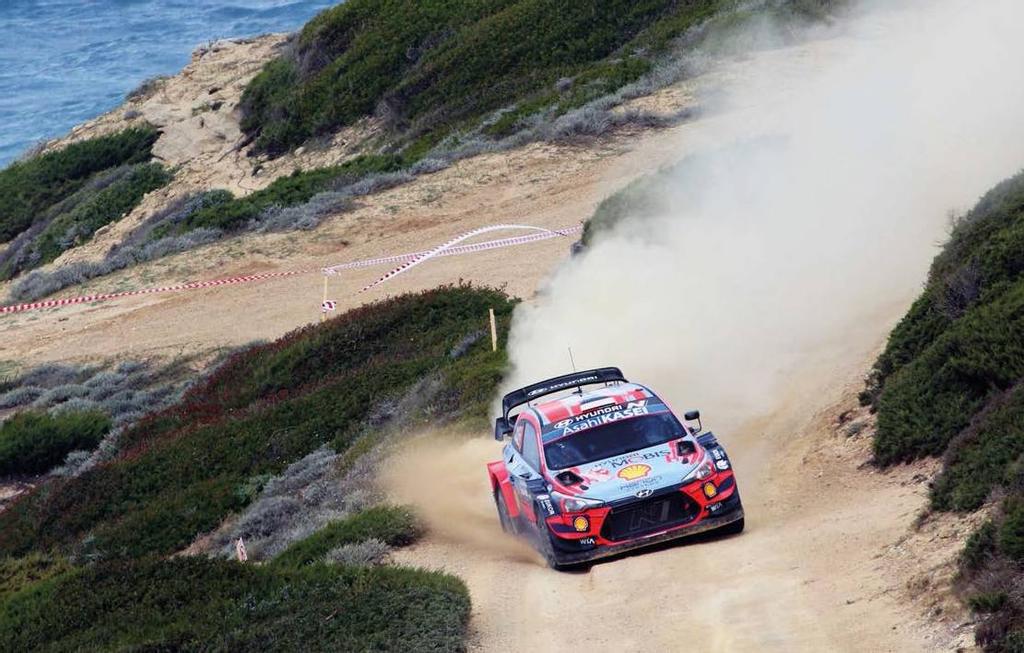Control freaks

In mechanical systems, vibrations and oscillations occurring due to external energy inputs are an inevitable reality. Thankfully, through a multitude of physical phenomena, this kinetic energy is converted into heat and sound energy. If this fundamental process didn’t occur, our world would be a very different, and resonating place.
Viscous damping is one such process that sees kinetic energy dissipated through the friction generated by the relative movement of molecules within a fluid medium.
Within powertrain components such as gearboxes, such processes are considered parasitic – a source of inefficiency we would like to do without – but one area in which we do harness viscous damping to our advantage is in the suspension system.
To a racecar, the suspension system’s main objectives are to manage weight transfer around the chassis and to control energy input from the road into the unsprung mass to manage variation in contact pressure at the tyre / track interface.
As the inherent structural damping within the metallic road spring is hugely insufficient in this application, the suspension system must employ methods through which to provide additional damping to control the oscillations of the sprung mass. By utilising viscous principles to provide a damping force proportional to the input velocity, modern automotive dampers do exactly this.
As the wheel moves relative to the body and the damper is displaced, oil is forced to flow through a series of small orifices and valves within the damper. The shearing stresses that result from this motion are resisted through intermolecular forces to generate an opposing force to dissipate these oscillations with an exponential decay.
A measure of the strength of these intermolecular forces is via the viscosity. More viscous oils demonstrate a stronger resistance to this flow, and damper oil is generally specified with a viscosity of between 10-20cSt (centistokes). For comparison, olive oil at room temperature is around 85cSt, so damper oil is relatively thin.

Modern, high-performance dampers have essentially converged on two main solutions: monotube and twin-tube concepts. These operate on the same basic principles but through different architectures, making each more suitable to certain applications than others.
Monotube dampers
The mechanically more straightforward monotube damper architecture encloses the working cylinder of the damper in a single layered ‘tube’ containing the oil.
As the wheel moves relative to the chassis due to driver or road inputs,
You’re reading a preview, subscribe to read more.
Start your free 30 days